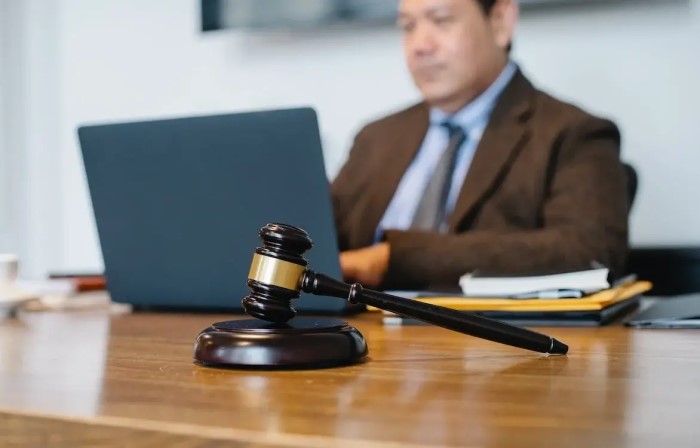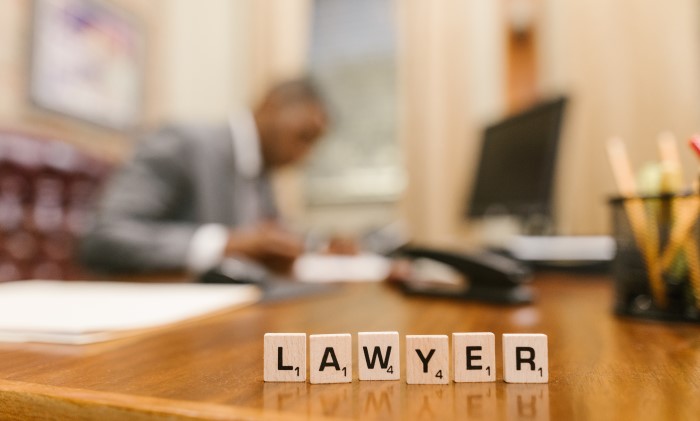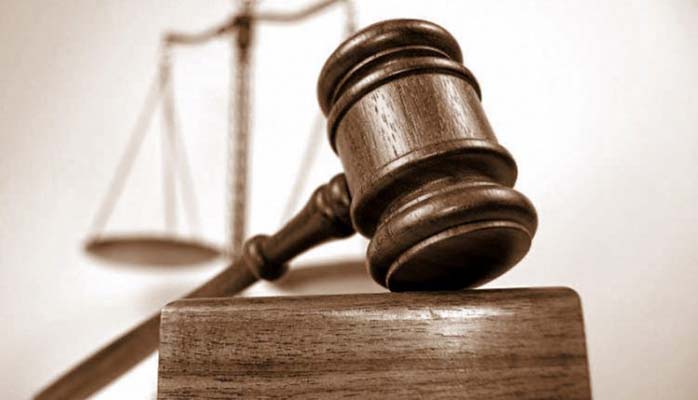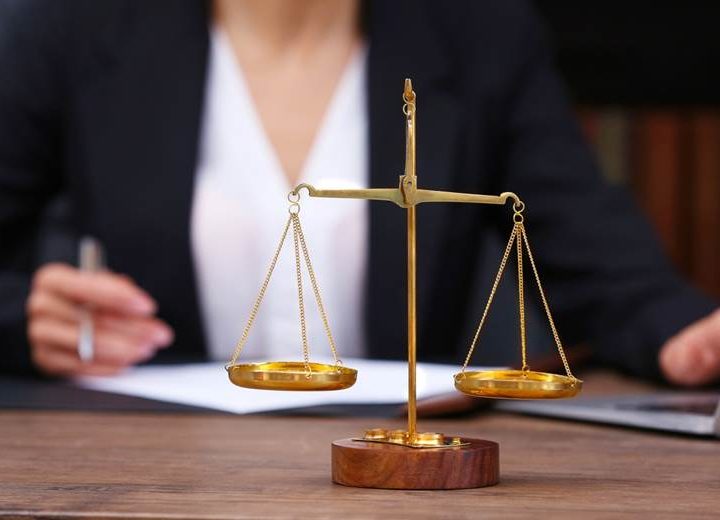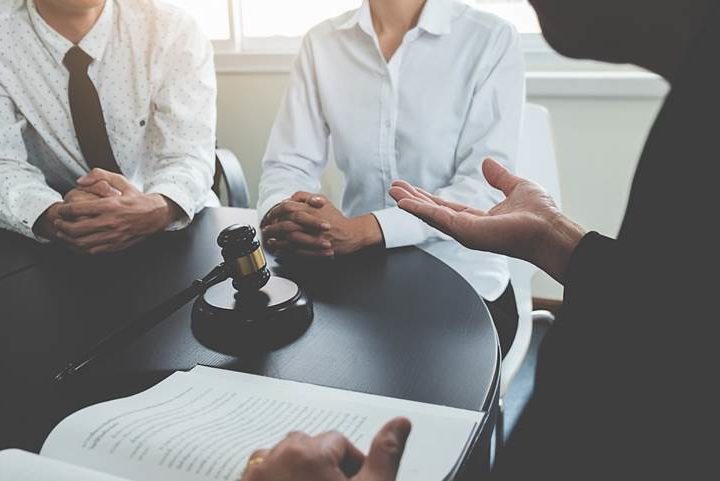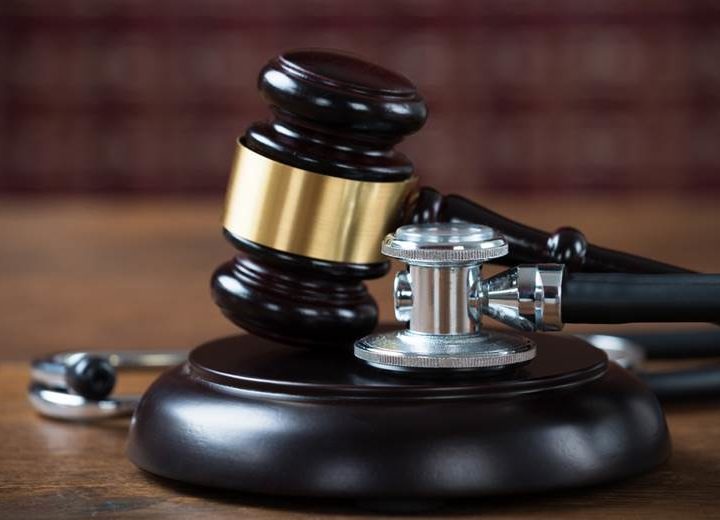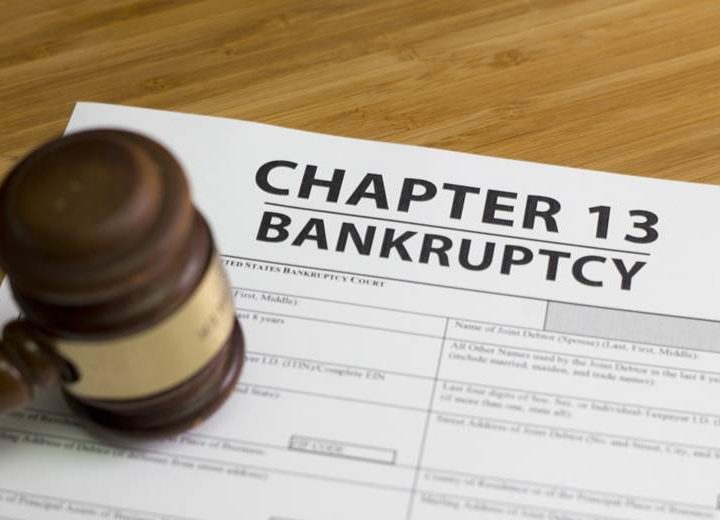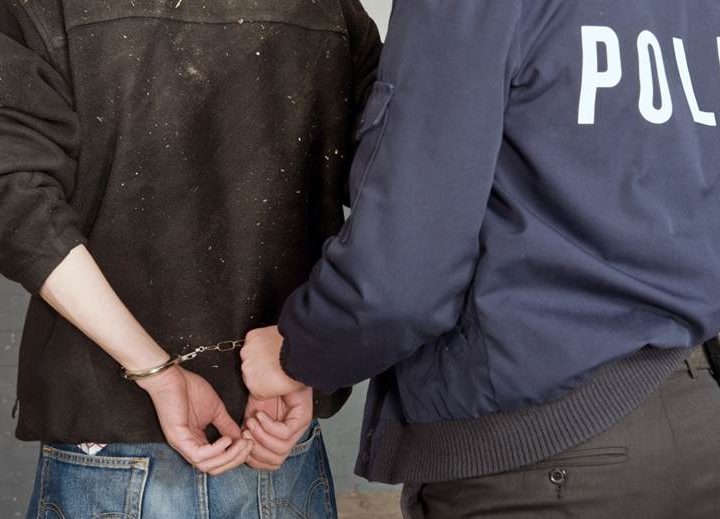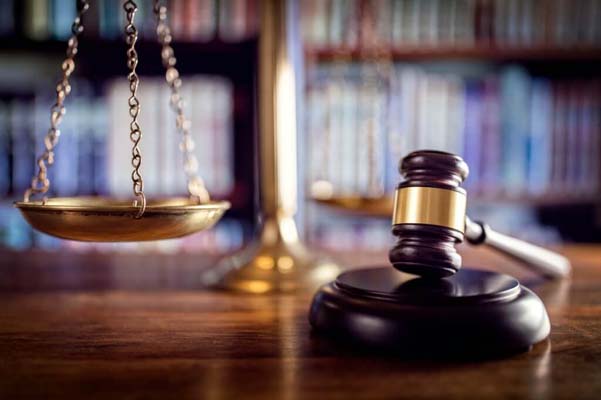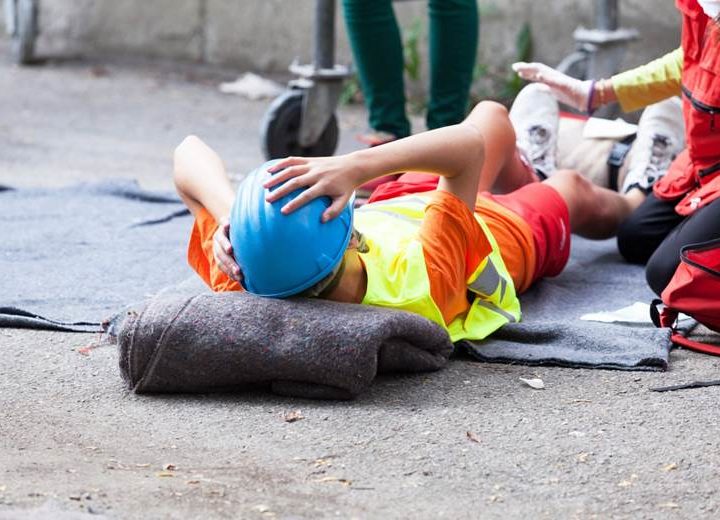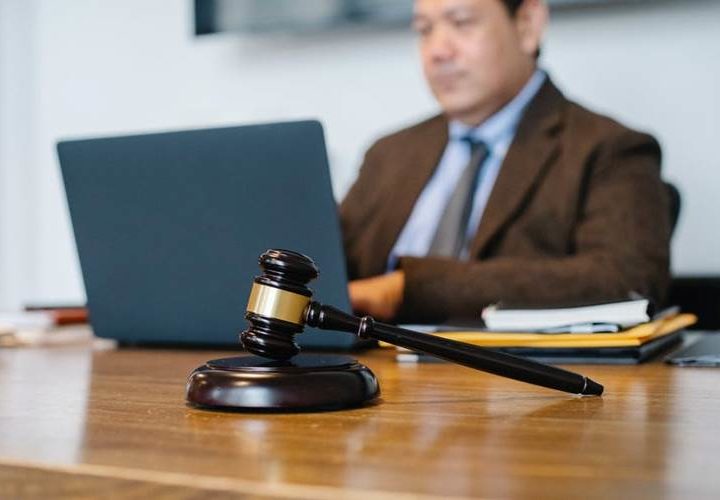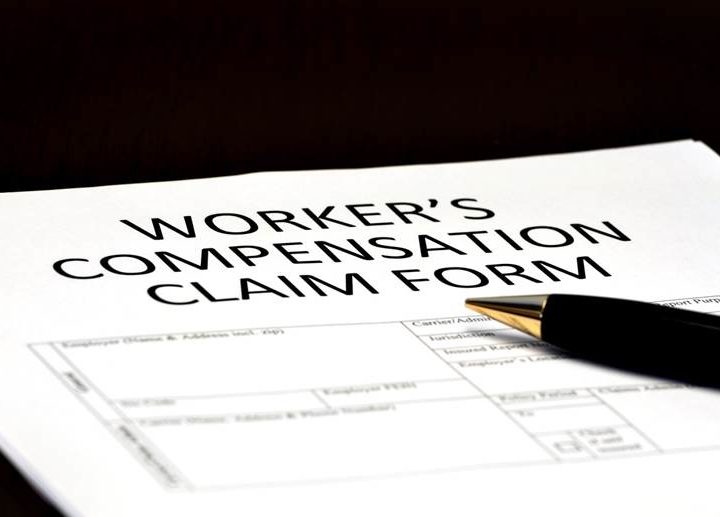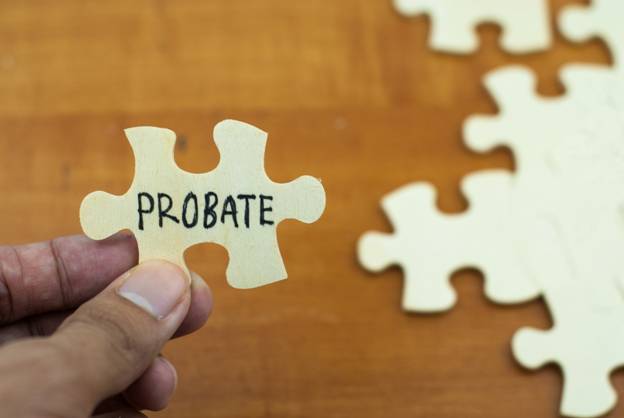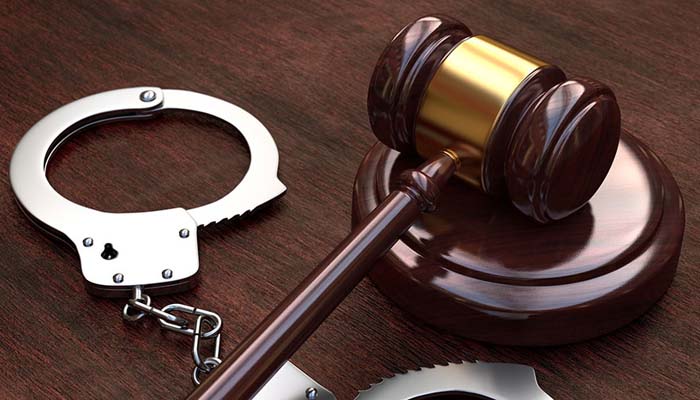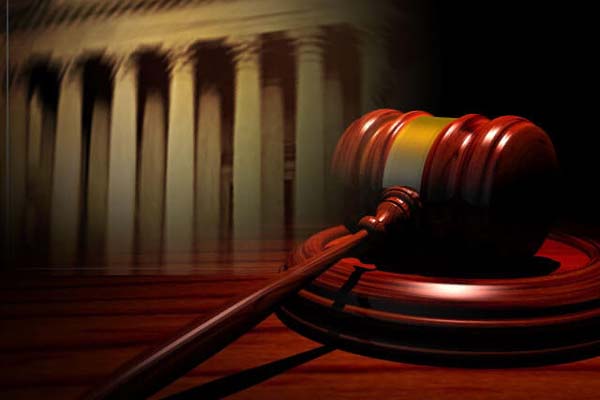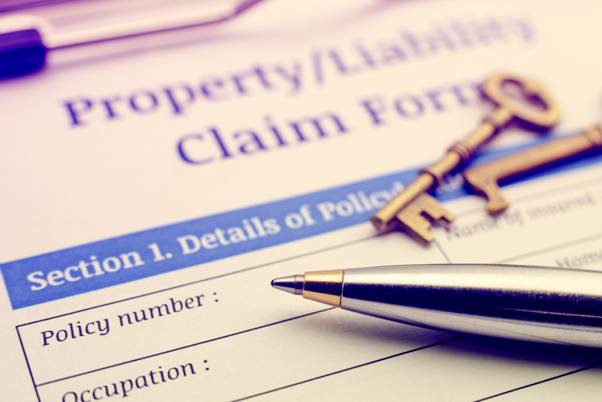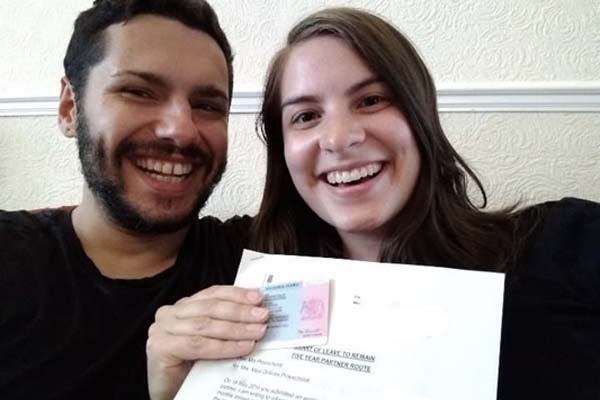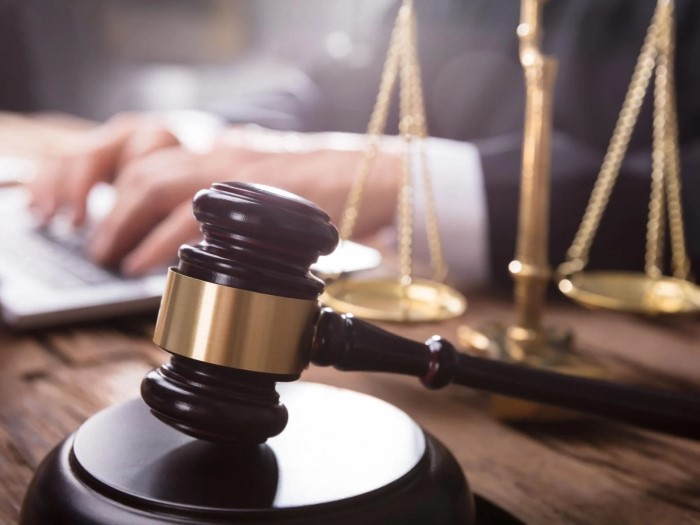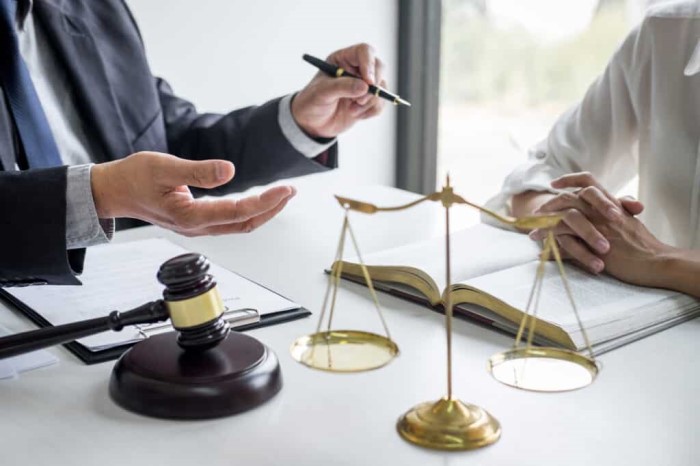Discover the differences between felonies and misdemeanors, including penalties, classification criteria, and real-life implications. Learn about legal processes, defense strategies, and more.
Introduction
Definition of Crime
A crime is any act that violates a law and is punishable by the state. Crimes are broadly categorized based on their severity, which affects how they’re prosecuted and penalized. Understanding the difference between felonies and misdemeanors is crucial because it influences everything from the legal process to the long-term impact on an individual’s life.
Importance of Distinguishing Felony from Misdemeanor
Knowing whether a crime is classified as a felony or a misdemeanor can significantly affect the outcome of legal proceedings. Felonies generally involve more severe penalties, including longer prison sentences, higher fines, and a greater impact on one’s criminal record. Misdemeanors, while still serious, typically involve less severe consequences. This distinction is important for both defendants and victims, as it helps in setting expectations and understanding the legal repercussions.
Overview of Felonies and Misdemeanors
Felonies and misdemeanors are the two main types of crimes. Felonies are considered more severe and involve significant harm or potential harm to society. Misdemeanors are less severe but still carry consequences. Understanding the differences between these classifications helps in grasping the broader criminal justice system.
Understanding Criminal Classification
Definition of a Felony
A felony is a serious crime that typically results in a punishment of imprisonment for over a year or even death in the most extreme cases. Felonies are categorized into various degrees, with first-degree felonies being the most severe and fourth-degree felonies being less severe. Examples include murder, rape, and armed robbery.
- Characteristics of Felonies
- Seriousness of the crime
- Longer prison sentences
- Significant fines
- Permanent impact on civil rights (e.g., voting rights, gun ownership)
- Examples of Felonies
- Murder
- Kidnapping
- Burglary
- Drug trafficking
Definition of a Misdemeanor
A misdemeanor is a less severe crime compared to a felony and is typically punishable by less than a year in jail, probation, or fines. Misdemeanors are often classified into classes or degrees, such as Class A or Class B misdemeanors, with Class A being more severe. Examples include petty theft, simple assault, and vandalism.
- Characteristics of Misdemeanors
- Less severe consequences
- Shorter jail time
- Lesser fines
- Limited impact on civil rights
- Examples of Misdemeanors
- Shoplifting
- Disorderly conduct
- Trespassing
- Minor drug offenses
Differences Between Felonies and Misdemeanors
Understanding the differences between felonies and misdemeanors is crucial for navigating the criminal justice system.
- Legal Differences
- Felonies: Longer prison terms, higher fines, and more severe legal consequences.
- Misdemeanors: Shorter sentences, smaller fines, and less severe legal repercussions.
- Consequences and Impact
- Felonies: Long-term effects include difficulties finding employment, loss of voting rights, and permanent criminal records.
- Misdemeanors: While less severe, they can still affect employment opportunities and result in a criminal record.
Classification Criteria
Nature and Severity of the Crime
The classification of a crime as a felony or misdemeanor largely depends on its nature and severity.
- Severity Spectrum
- Crimes are categorized from least to most severe, impacting how they are charged and punished.
- Felonies are at the severe end, while misdemeanors fall on the less severe end.
- Crime Categories
- Felonies: Include violent crimes, serious property crimes, and major drug offenses.
- Misdemeanors: Include minor thefts, public disturbances, and petty crimes.
Potential Harm to Society
The potential harm a crime poses to society is a key factor in its classification.
- Types of Harm
- Felonies: Typically involve significant physical, emotional, or financial harm to individuals or society.
- Misdemeanors: Involve less serious harm but can still affect public safety and order.
- Impact Assessment
- Felonies: Extensive damage to victims and communities, requiring more severe penalties.
- Misdemeanors: Minor harm with less severe legal consequences.
Intent and Circumstances
The intent behind a crime and the circumstances surrounding it can influence its classification.
- Role of Intent
- Felonies: Often involve premeditation or intent to cause serious harm.
- Misdemeanors: May result from negligence or less intentional actions.
- Mitigating and Aggravating Factors
- Factors such as prior criminal history, the presence of aggravating circumstances, or the defendant’s intent can impact the classification and sentencing.
Penalties and Sentences
Felony Penalties
Felony penalties are more severe and have significant long-term effects.
- Types of Sentences
- Prison Sentences: Ranges from over a year to life imprisonment.
- Fines: Often substantial, depending on the crime’s severity.
- Probation: May follow incarceration or be an alternative sentence.
- Examples of Felony Sentences
- Murder: Life imprisonment or the death penalty.
- Robbery: Several years to decades in prison, depending on the case.
Misdemeanor Penalties
Misdemeanor penalties are generally less severe but still significant.
- Types of Sentences
- Jail Time: Typically less than a year.
- Fines: Generally lower than those for felonies.
- Probation: Common for first-time offenders or less severe cases.
- Examples of Misdemeanor Sentences
- Petty Theft: Fine and up to 6 months in jail.
- Disorderly Conduct: Fine and possible short-term incarceration.
Variations by Jurisdiction
Penalties can vary significantly depending on the jurisdiction.
- State-Specific Differences
- Each state has its own laws and penalties for felonies and misdemeanors.
- Differences in sentencing guidelines and legal definitions.
- Federal vs. State Penalties
- Federal crimes typically involve different penalties compared to state-level crimes, reflecting their broader impact.
Impact on Criminal Record
Long-Term Effects of Felonies
Felonies have far-reaching consequences beyond the immediate legal penalties.
- Employment Challenges
- Felony convictions can severely limit job opportunities and career advancement.
- Civil Rights Impact
- Felony convictions may result in the loss of certain rights, such as voting or firearm ownership.
Long-Term Effects of Misdemeanors
Misdemeanors also affect individuals’ lives, though to a lesser extent.
- Employment Challenges
- While less severe, misdemeanor convictions can still impact job prospects and professional reputation.
- Civil Rights Impact
- Generally less severe than felonies, but may still result in certain restrictions or stigmatization.
Expungement and Record Sealing
Expungement and sealing of criminal records can offer relief but vary by crime type.
- Process for Felonies
- More complex and stringent; often requires waiting periods and legal procedures.
- Process for Misdemeanors
- Generally easier and quicker to expunge or seal, providing a more straightforward path to relief.
Legal Process and Defenses
Arraignment and Charging
The initial stages of the legal process are critical in determining the direction of a case.
- Initial Court Appearances
- Defendants appear before a judge to hear the charges and enter a plea.
- Charging Decisions
- Prosecutors decide whether to charge an individual with a felony or misdemeanor based on evidence and circumstances.
Defending Against Felony Charges
Defending against felony charges requires robust legal strategies.
- Common Defense Strategies
- Challenging evidence, arguing lack of intent, and presenting alternative theories.
- Case Studies
- Examples of successful felony defenses and legal strategies used.
Defending Against Misdemeanor Charges
Defense strategies for misdemeanors can also be effective.
- Common Defense Strategies
- Demonstrating lack of intent, proving alibi, and negotiating plea deals.
- Case Studies
- Examples of effective misdemeanor defenses and their outcomes.
Plea Bargains and Negotiations
Plea bargaining can impact both felony and misdemeanor cases.
- Plea Bargaining Process
- Negotiations between defense and prosecution to reach a settlement.
- Effect on Charges and Sentences
- Potential to reduce charges or penalties through plea agreements.
Case Examples and Real-Life Implications
High-Profile Felony Cases
Examining high-profile felony cases offers insight into the justice system.
- Notable Examples
- Cases like O.J. Simpson or Michael Peterson highlight the complexity of felony trials.
- Outcomes and Implications
- Analysis of verdicts and their impact on the legal system and public perception.
High-Profile Misdemeanor Cases
Notable misdemeanor cases can also be illuminating.
- Notable Examples
- Cases involving celebrities or high-profile individuals charged with misdemeanors.
- Outcomes and Implications
- Effects on public opinion and legal precedents.
Impact on Individuals and Families
Criminal charges have profound effects on those involved.
- Personal Stories
- Real-life experiences of individuals facing felony or misdemeanor charges.
- Social and Economic Consequences
- Effects on families, communities, and personal lives.
Expert Insights and Advice
Legal Expert Opinions
Insights from legal professionals offer valuable perspectives.
- Quotes from Attorneys and Legal Scholars
- Expert views on the distinction between felonies and misdemeanors and their implications.
Law Enforcement Perspectives
Law enforcement officials provide practical insights.
- Insights from Police and Investigators
- Perspectives on the challenges and considerations in handling felony and misdemeanor cases.
Rehabilitation and Reintegration
Programs and resources for individuals with criminal records.
- Programs and Resources
- Rehabilitation efforts and support systems for reintegration into society.
Conclusion
Understanding the differences between felonies and misdemeanors is essential for navigating the legal system and managing the consequences of criminal charges.
Having experienced legal representation is crucial for achieving the best possible outcome in any criminal case.
Encouragement to seek further information and legal advice to understand and address criminal charges effectively.

